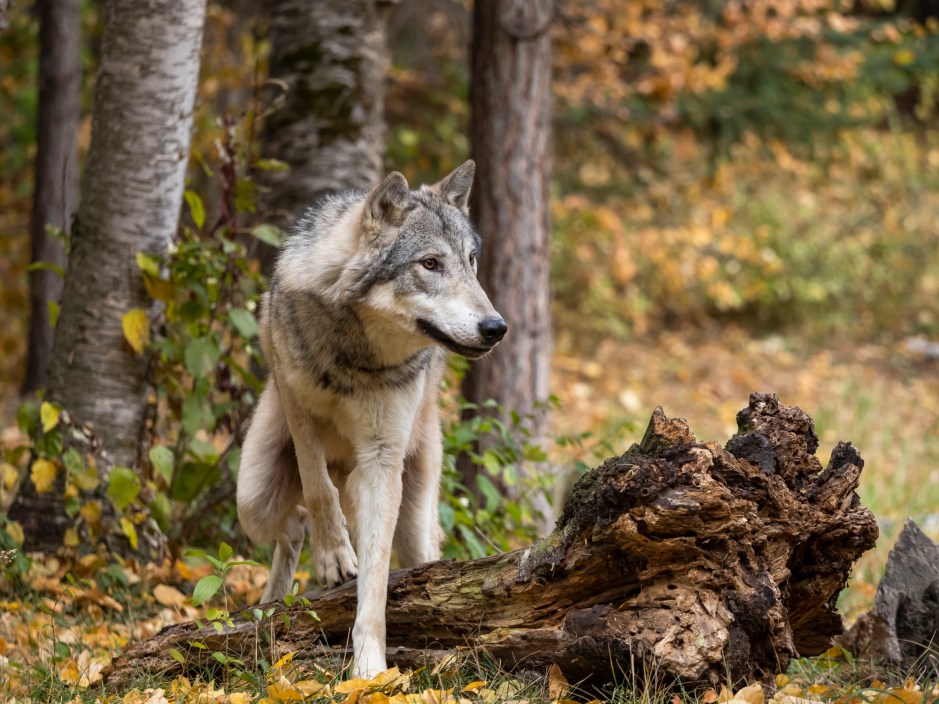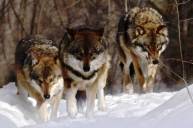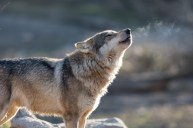Against a backdrop of snow-kissed mountains, a crowd of officials stand behind five huge metal crates and sheets of plywood. One by one, the doors of the crates are swung open. Five big gray wolves bound and leap into their new home in the wilderness of Colorado's public lands. These wolves, transplants from Oregon, are the first of dozens that are to be introduced in Colorado as part of efforts to reestablish healthy populations there.
The wolf reintroduction is part of an historic—and controversial—effort to create a permanent, self-sustaining wolf population in the state. This comes after Colorado residents voted to reintroduce the species, a goal that many conservationists had advocated for decades.
"Today, history was made in Colorado," Gov. Jared Polis said. "For the first time since the 1940s, the howl of wolves will officially return to western Colorado. The return of wolves fulfills the will of voters who, in 2020, passed an initiative requiring the reintroduction of wolves starting by Dec. 31, 2023. What followed were three years of comprehensive listening and work by Colorado Parks and Wildlife to draft a plan to restore and manage wolves that included public meetings in every corner of the state and was inclusive of all points of view and weighed the needs of a wide range of communities with a deep interest in the thoughtful outcome of this effort... The shared efforts to reintroduce wolves are just getting started and wolves will rejoin a diverse ecosystem of Colorado wildlife."
The five wolves released Monday consisted of two young females, two young males, and an older male, all sourced from three different packs. In order to be released in Colorado, they were tranquilized from a helicopter in Oregon, evaluated and vaccinated. These five wolves represent the first stage of a projected 30 to 50 wolves that are to be released in Colorado over the next three to five years. This models a similar plan that reintroduced wolves to Yellowstone National Park in the 1990s. The Yellowstone wolves have helped to stabilize elk populations there by preying out sick and wounded animals, which ultimately has led to overall healthier herds.
In Colorado, sustainable gray wolf population had all but vanished by the 1940s after being shot, trapped, and poisoned by people trying to protect their livestock. Even today, ranchers are speaking out against the wolf reintroduction and have attempted to stop the Colorado Parks and Wildlife. The state has agreed in turn to compensate ranchers up to $15,000 per animal killed by reintroduced gray wolves.
"This is a historic day for Colorado," Colorado Parks and Wildlife Director Jeff Davis said. "We want to thank the U.S. Fish and Wildlife Service for their work to complete and approve the 10(j) designation that lists wolves in Colorado as a nonessential, experimental population. This helps us to follow all of the conflict mitigation plans we accounted for in the final Colorado Wolf Restoration and Management Plan. We'll continue releasing animals based on our plan to have wolves not just survive but thrive in Colorado as they did a century ago."
READ MORE: Wolves Are Much Bigger Than You'd Think




